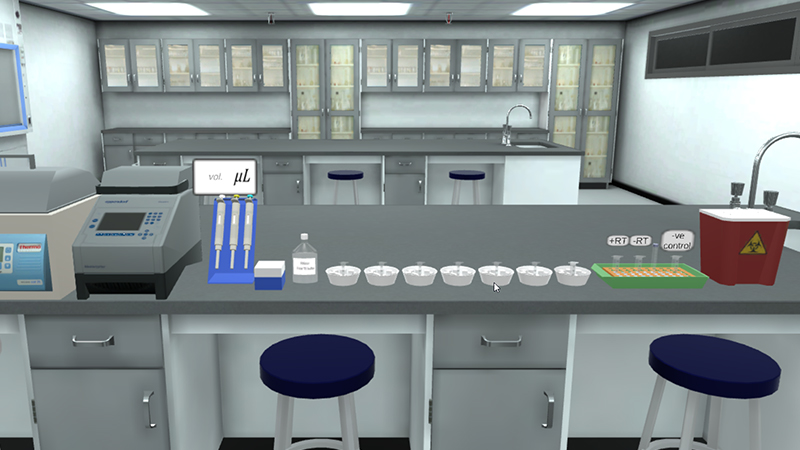First Strand cDNA Synthesis
Biology | Molecular Biology | Biochemistry | Genetics | Microbiology






2.5M+
Active Users Worldwide
80%
Improved Learning Retention
60%
Reduction in Laboratory Costs
To perform cDNA synthesis from RNA templates using reverse transcriptase enzyme.
First Strand cDNA Synthesis for RT-PCR using Avian Myeloblastosis Virus (AMV) reverse transcriptase.
By the end of first strand cDNA synthesis simulation, student will learn to:
cDNA synthesis principle could be used in the following applications:
• Gene cloning.
• Creation of a cDNA library.
• DNA microarray.
• qPCR.
• Studying gene expressions




